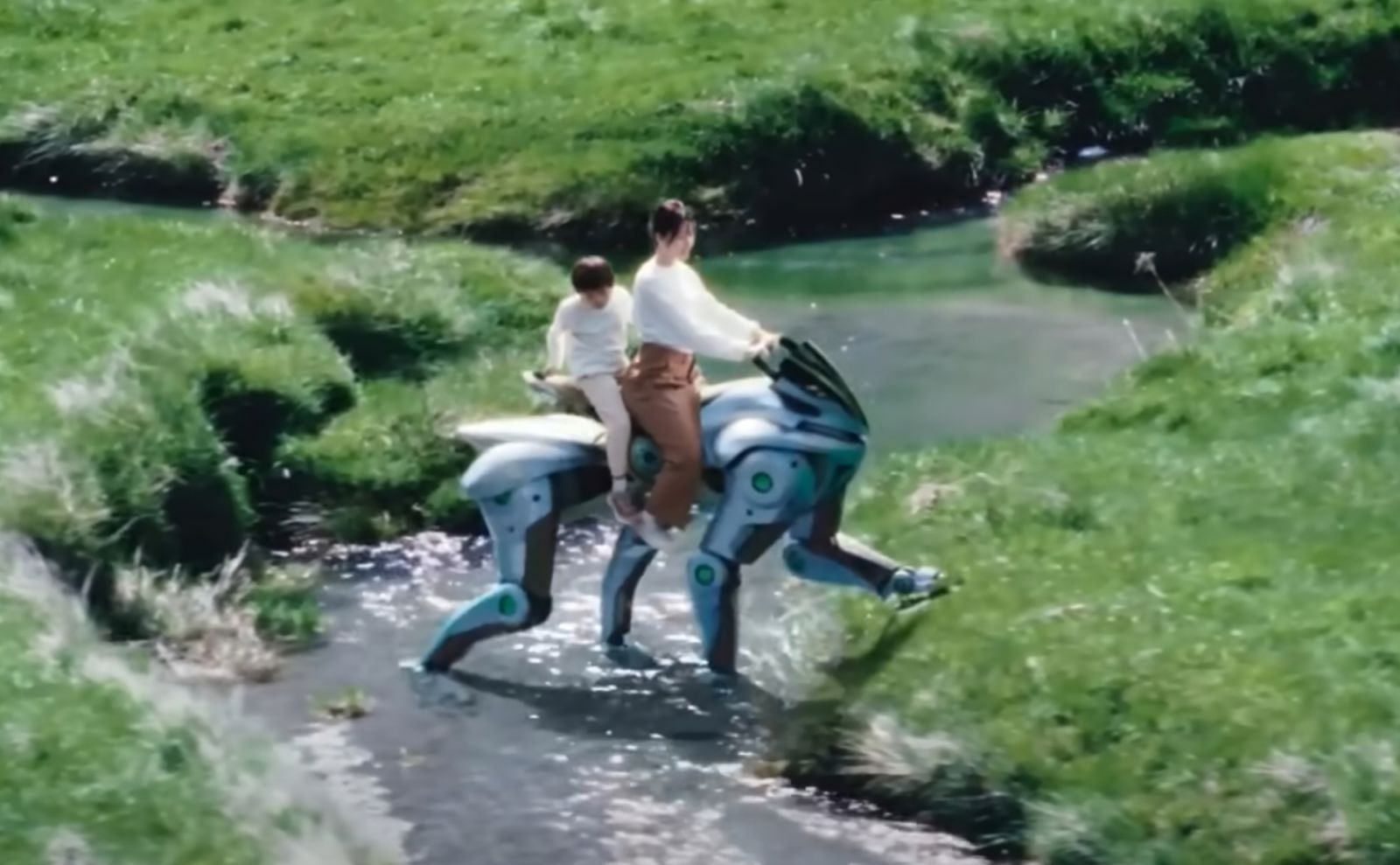This robotic horse is truly all-terrain 🐎
Published by Cédric,
Article author: Cédric DEPOND
Source: Kawasaki Heavy Industries
Other Languages: FR, DE, ES, PT
Article author: Cédric DEPOND
Source: Kawasaki Heavy Industries
Other Languages: FR, DE, ES, PT
Follow us on Google News (click on ☆)


This project, named Corleo, combines advanced robotics and hydrogen propulsion. Presented at the Osaka World Expo, it aims to rethink all-terrain mobility, although its commercialization is not expected before... 2050.
A nature-inspired design
Corleo relies on four articulated legs, mimicking the movements of a feline or a horse. These mechanical limbs, equipped with anti-slip hooves, allow it to navigate rough surfaces.
The robot integrates AI systems to identify obstacles and adjust its trajectory. Sensors analyze the terrain in real time, while a dashboard projects light indicators to guide the pilot.
Hydrogen power is one of its major innovations. Kawasaki announces an 8 to 12-hour range for its fuel cell, surpassing competing lithium-battery robots.
Corleo presentation video
A still embryonic project
Despite spectacular promotional videos, Corleo remains a non-functional prototype today. Displayed statically at trade shows, it cannot yet walk or carry passengers.
Kawasaki envisions several applications, from rescue operations in hostile environments to logistics. However, the lack of concrete demonstrations fuels skepticism. Some see it more as a communication tool than a real technological breakthrough.
Other companies, such as Xiaopeng Motors, are also exploring quadruped robots. But Kawasaki stands out with its ambitious approach, combining sustainable mobility and biomimetic robotics.